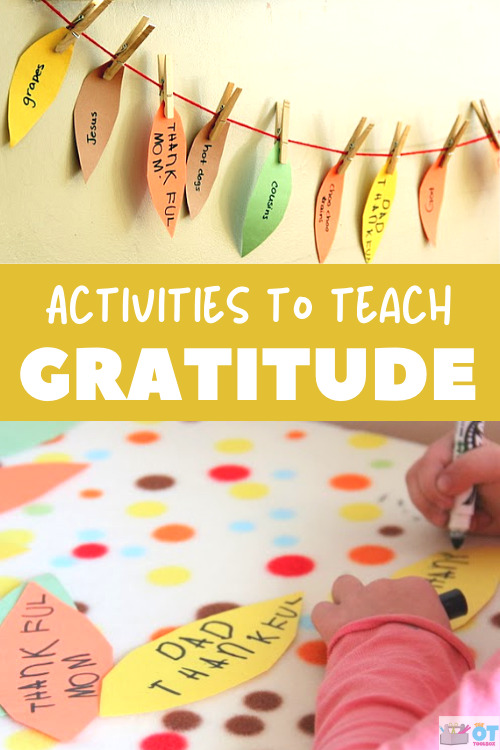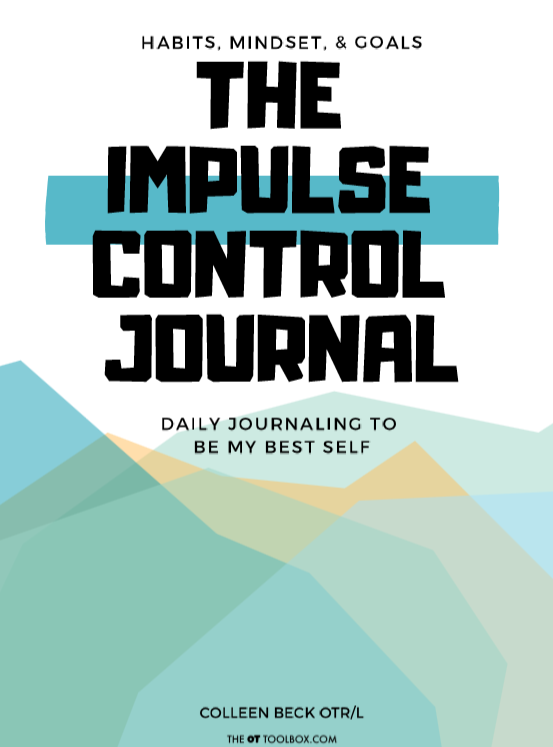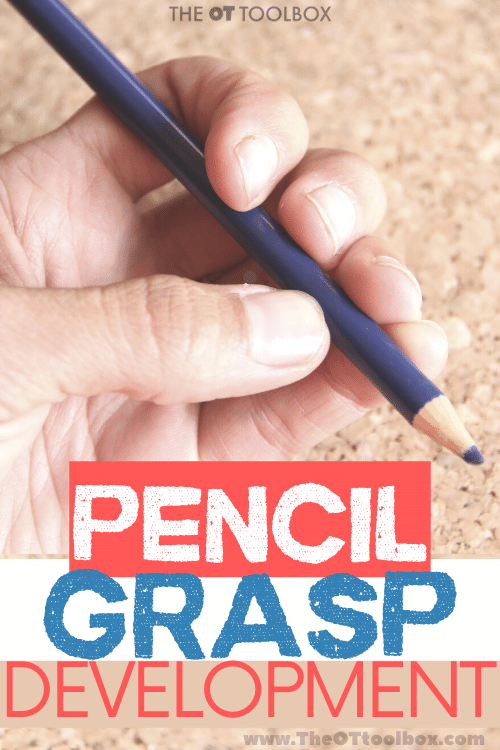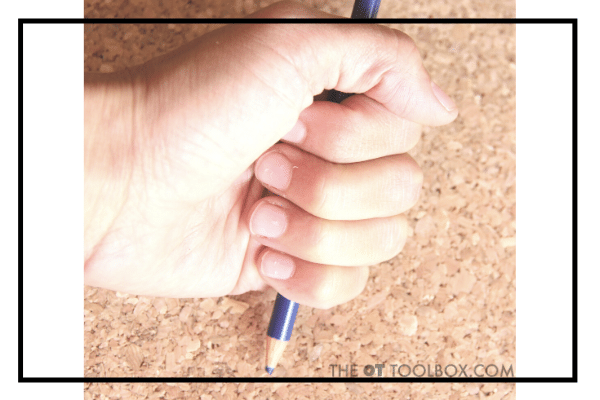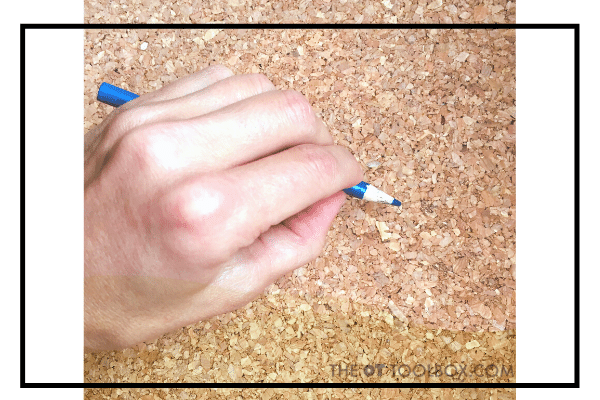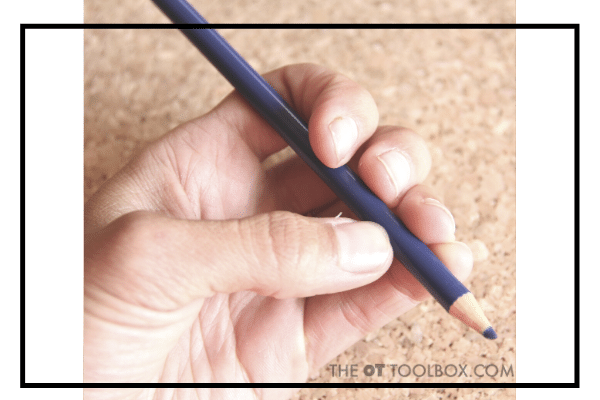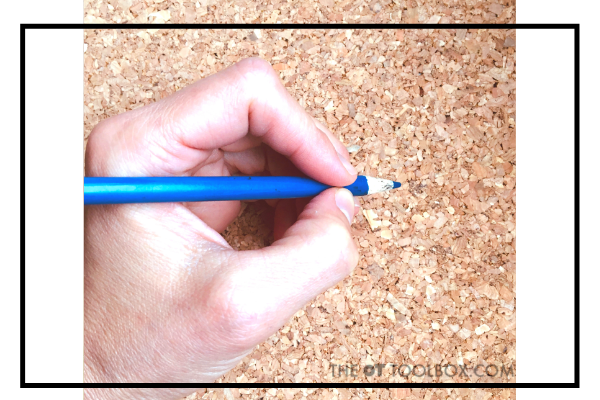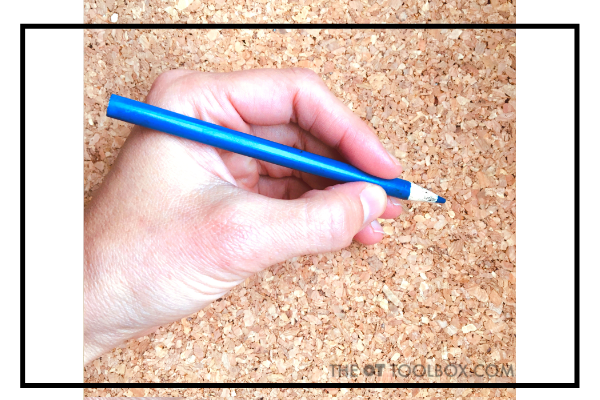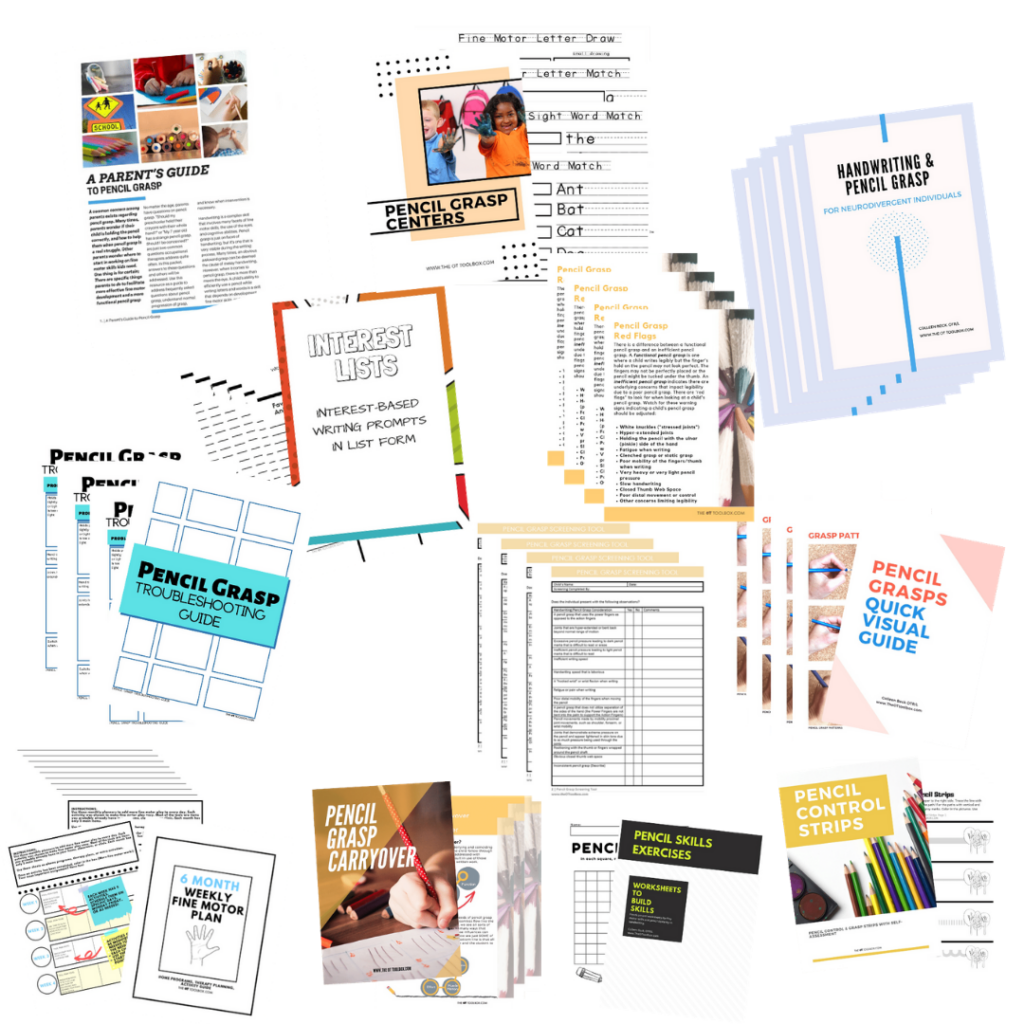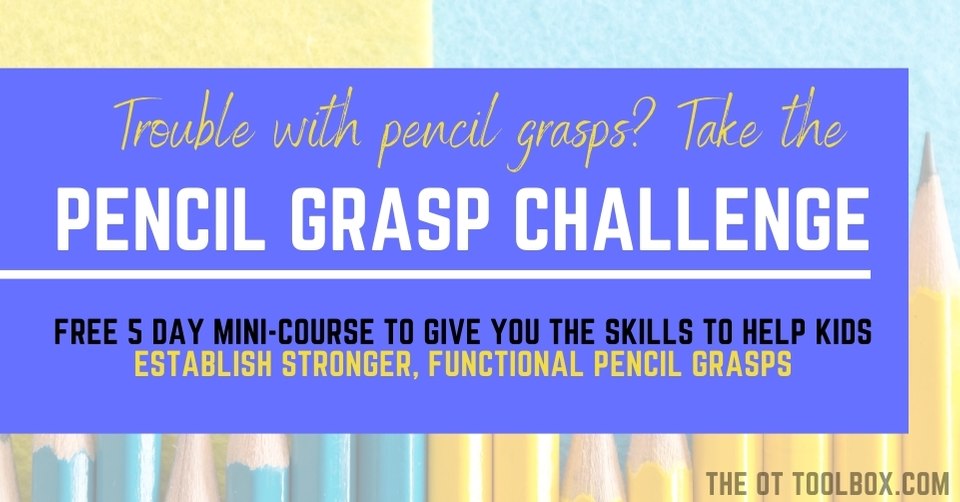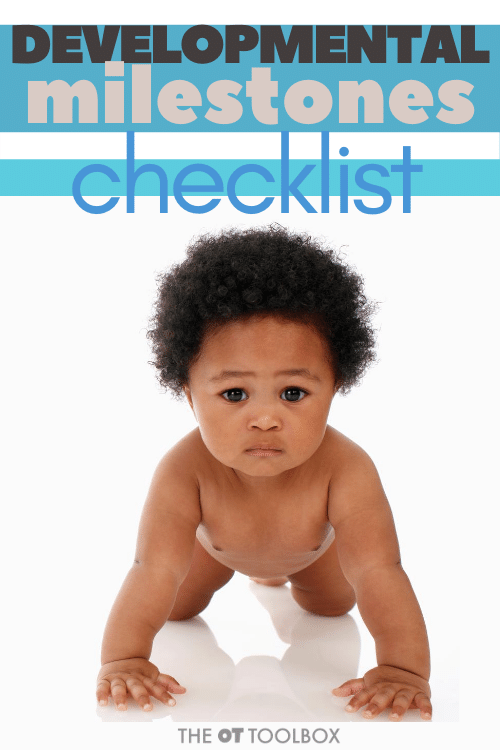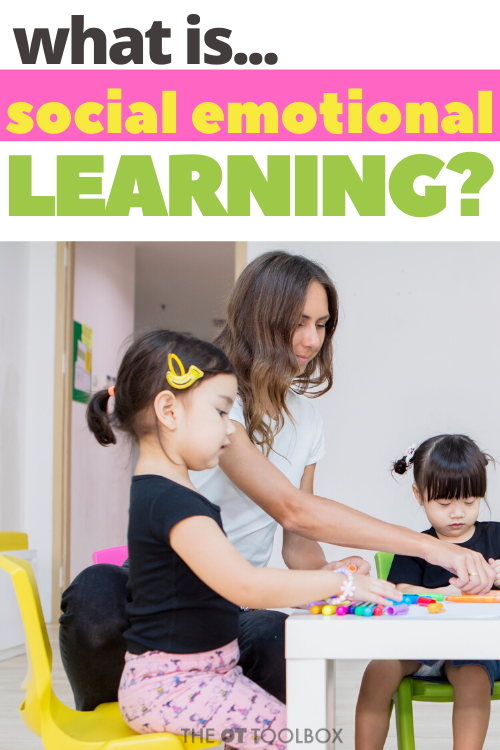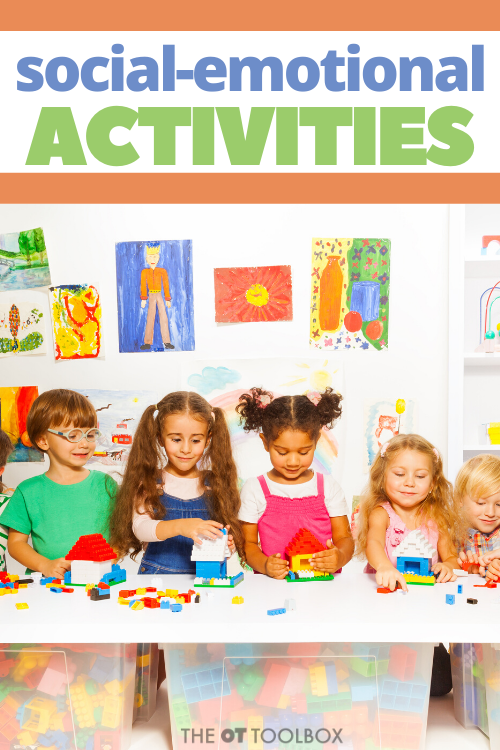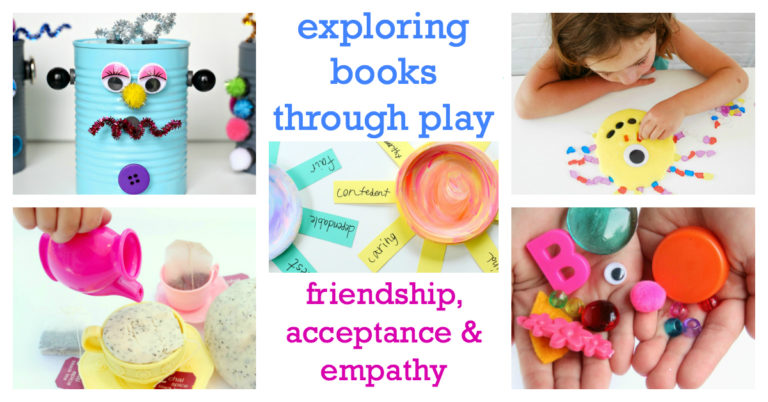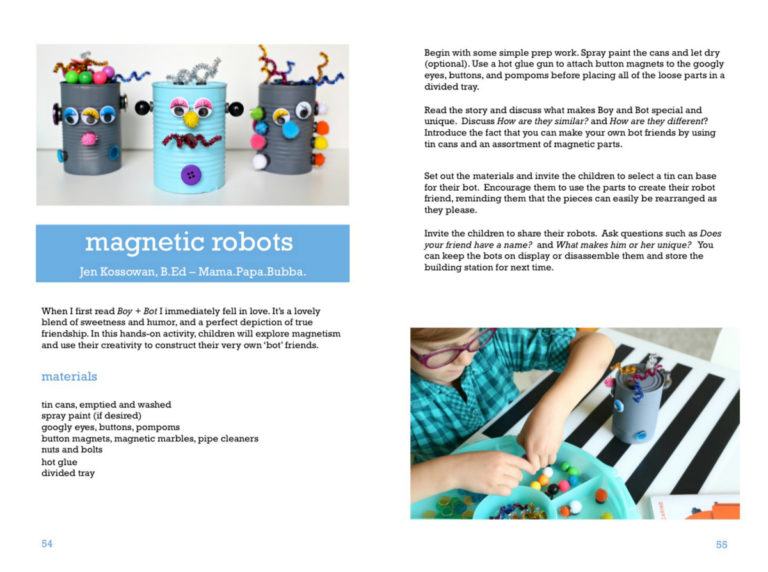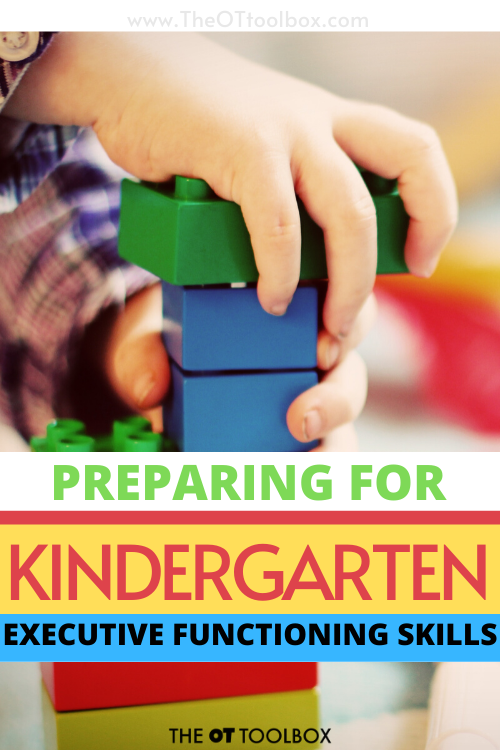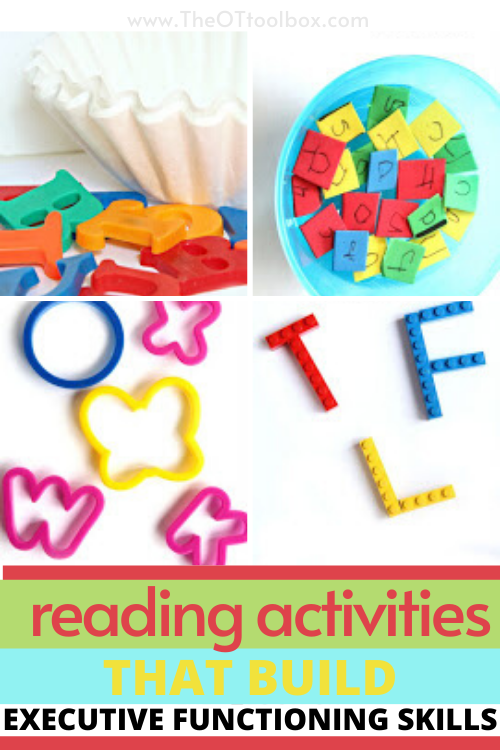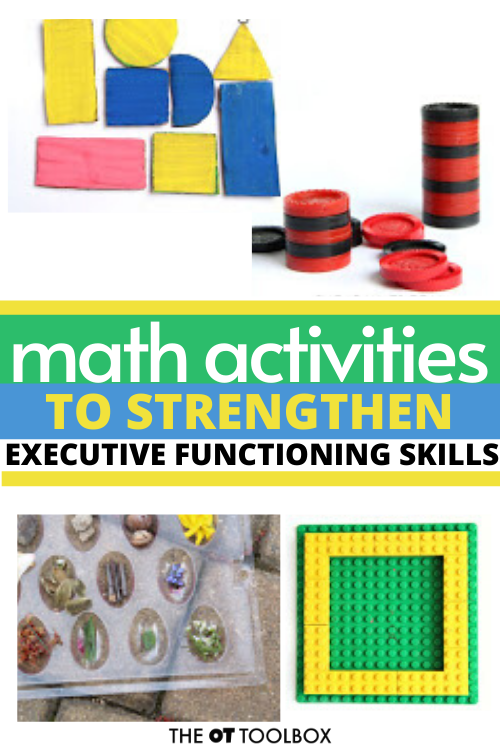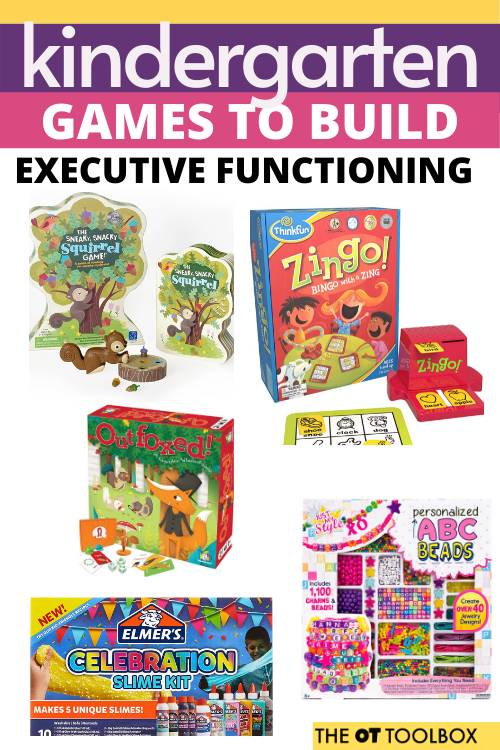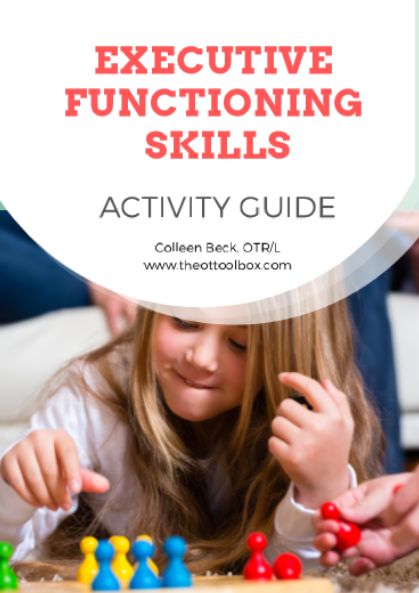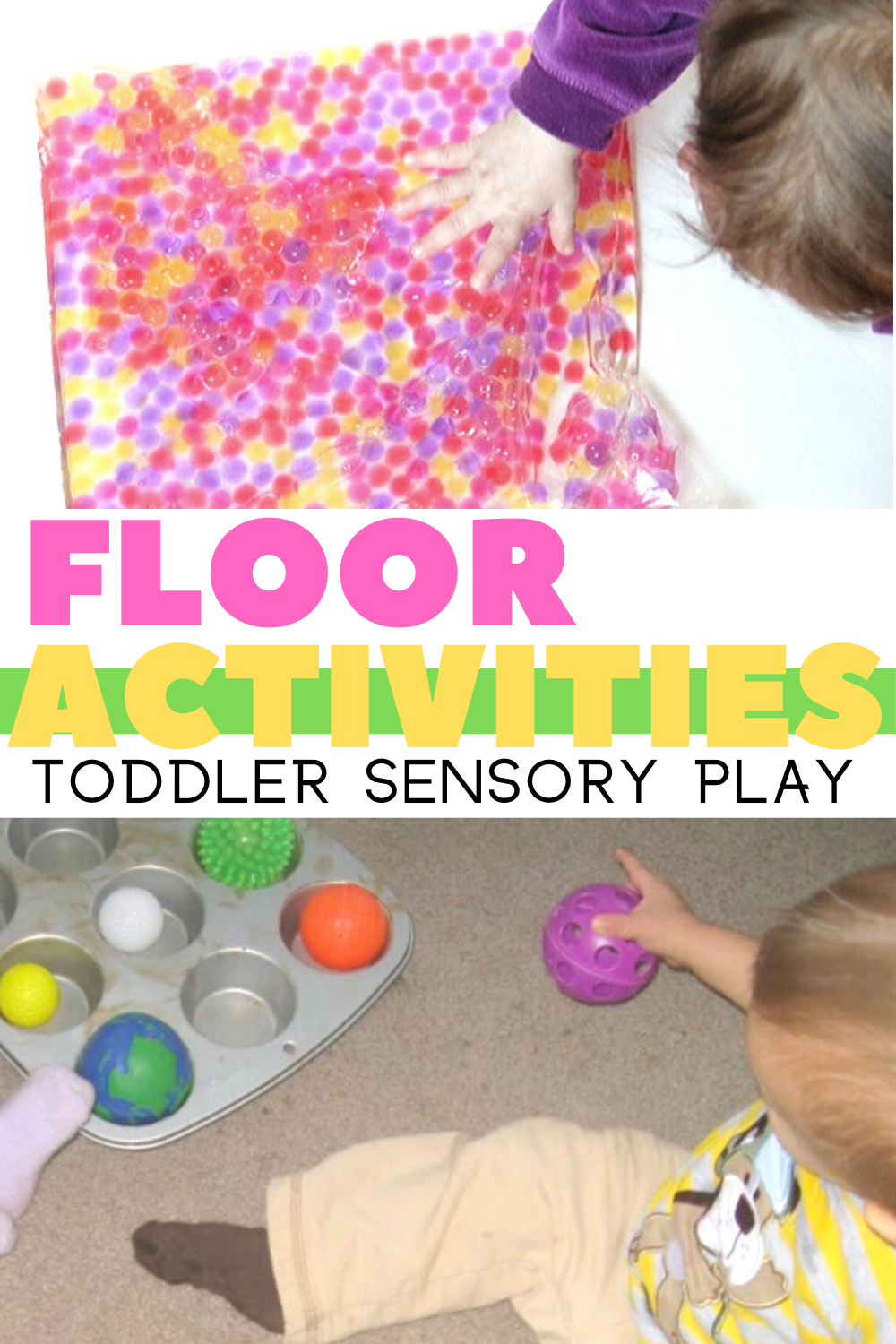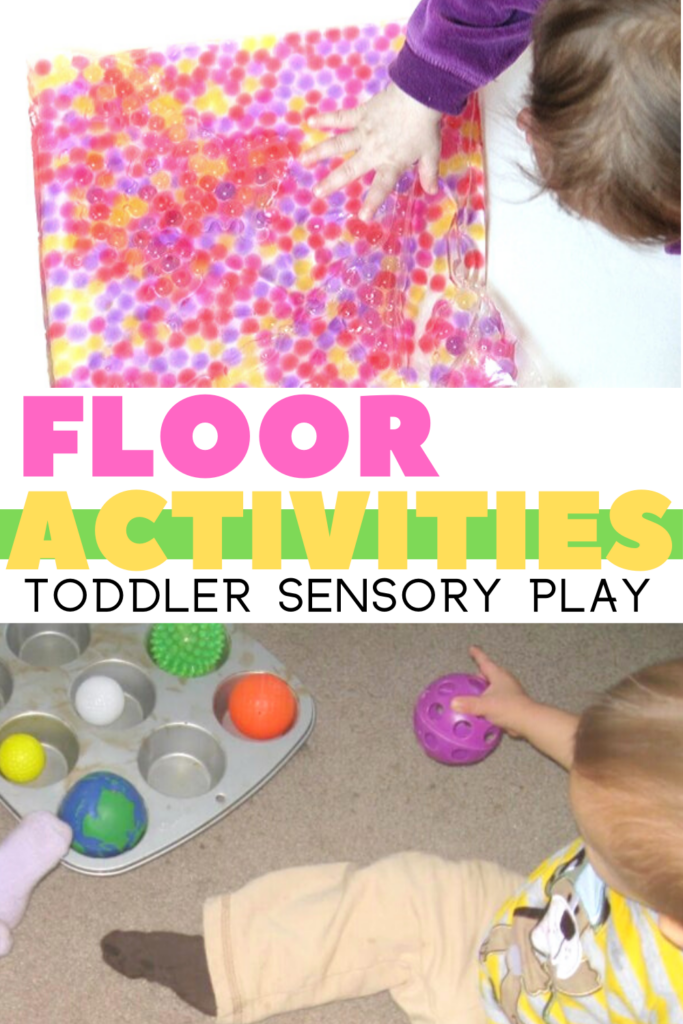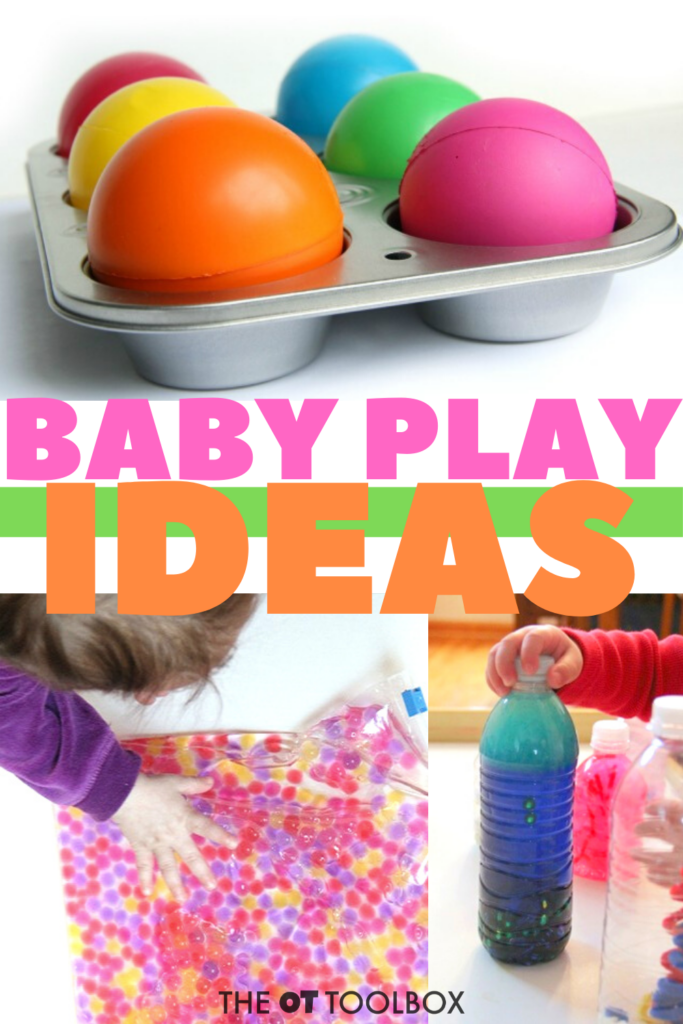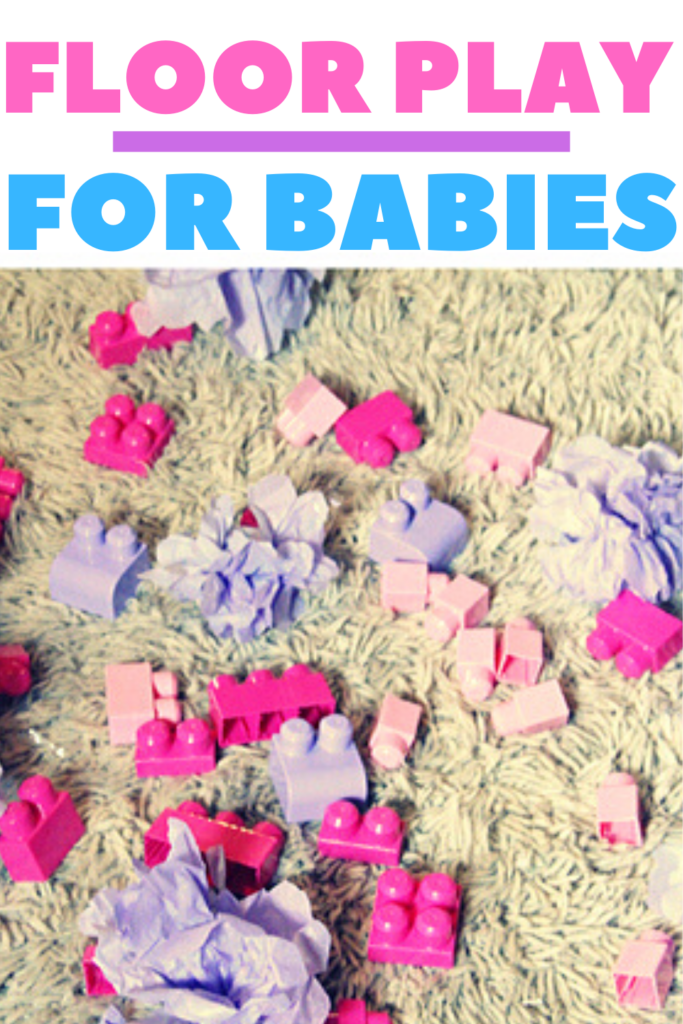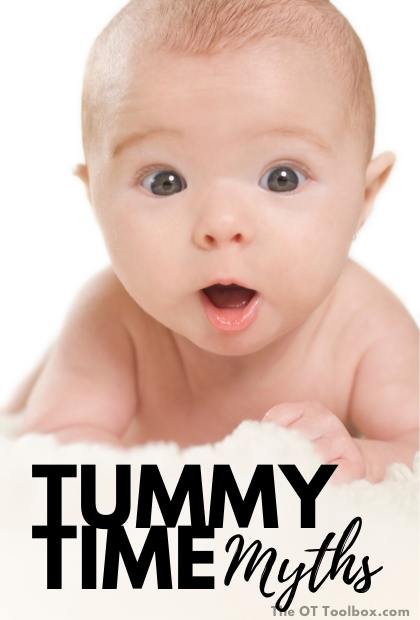Tools to support growth mindset can come in all shapes and sizes. From journals, to coping toolkits, to targeting self-awareness, putting growth mindset strategies into action supports self-regulation, learning, and everyday functioning! Understanding when and how to use growth mindset strategies is the beginning of self reflection. A lot of this has to do with metacognition!
If there’s one thing that we all need, it’s a positive outlook and a growth mindset. Our children especially, would benefit from resilience, coping skills, and coping with big life changes. Supporting kids of all ages with growth mindset tools such as a growth mindset sorting activity can help to put those tools into action.
Growth Mindset
Amazon affiliate links are included in this post.
Since we are talking all things growth mindset, and and resilience…and resilience seems to be a common topic this year, I thought I would run through some common terms when it comes to growth mindset and developing the skills of resilience in children.
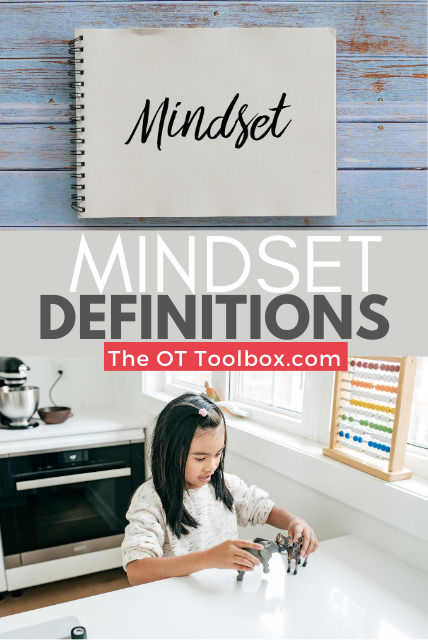
Growth Mindset Definitions
Let’s start with a definition of growth mindset and then break it down.
A growth mindset refers to the belief that one’s abilities and intelligence can be developed through dedication, hard work, and learning. Individuals with a growth mindset perceive challenges as opportunities to learn and improve rather than as obstacles that define their capabilities. This concept, popularized by psychologist Carol Dweck, contrasts with a fixed mindset, where individuals believe their abilities are innate and unchangeable.
Embracing a growth mindset fosters resilience, a love for learning, and a willingness to face challenges, making it a valuable perspective in various aspects of life, including education, career, and personal development.
Empathy– Empathy is the ability to recognize and understand the feelings and perspective of others.
Mindset– Our mindset is the way that we think about ourselves and the world around us. It’s the attitude that we have about ourselves and the world. It’s our mood and the way with think about problems or tasks that we need to accomplish. Mindset is a way of looking at the problems or situations in front of us. Addressing difficult tasks and mistakes is part of mindset. Executive functioning skills play a part in mindset.
Growth Mindset– Growth mindset is the ability to confront challenges, view hard tasks as an oppourtunity and a process. Someone with a growth mindset believes they are not limited by their abilites or intelligence. When we use a growth mindset, we believe our abilities or our ability to learn new things can improve given effort.
Fixed mindset– Fixed mindset is a limiting belief that impacts our ability to solve promblems, learn new skills, react to situations, and respond to daily situations. Fixed mindset can impact wellness and well-being, as well as learning and task completion.
Mindfulness– Mindfulness is our ability to focus on our awareness and presence in any given moment. It’s our ability to acknowledge and accept our feelings, thoughts, body sensations and the world around us in any given task or activity.
Resilience– resilence refers to one’s ability to have a mental toughness, and the ability to recover quickly from difficult tasks or situations. Resilience offers the ability to bounce back or respond and react in the event of adversity, trauma, tragedy, threats, or stessful situations.
Coping Skills– Coping skills are the specific steps one might take to react and respond to events, internal thouhgts, emotions, and daily tasks. It’s the strategies a person can use to consciousely solve personal or interpersonal problems. Coping skills can be physical methods, self-talk, sensory strategies, and other specific skills that allow for wellness and wellbeing.
Self-talk– Self-talk is that internal dialogue that is constantly running in your mind. Self-talk can be a coping skill, and it can impact mindset. This internal dialogue is influenced by your subconscious thoughts as well as conscious thoughts. Self-talk can be both positive and negative and has the ability to impact resilience and mindfulness.
You can see how all of these terms are inter-related and how they all impact one another. When these skills are growing and developing children can accomplish tasks and not limit themselves in learning and developing as an indiviual.
All of these mindset definitions can be strengthened, using tools and specific strategies. And, by working on these various areas, children (and ourselves) can respond to challenging situations (like distance learning, for example) that require us to pivot and change.
Also connected to all of these areas are social emotional learning, executive functioning skills, and the emotional regulation part of executive functioning skills.
Critical thinking plays a big part in development of mindset and the other growth areas listed above.
So how to work on these areas to foster a growth mindset, positive self-talk, coping tools, and resilience in kids?
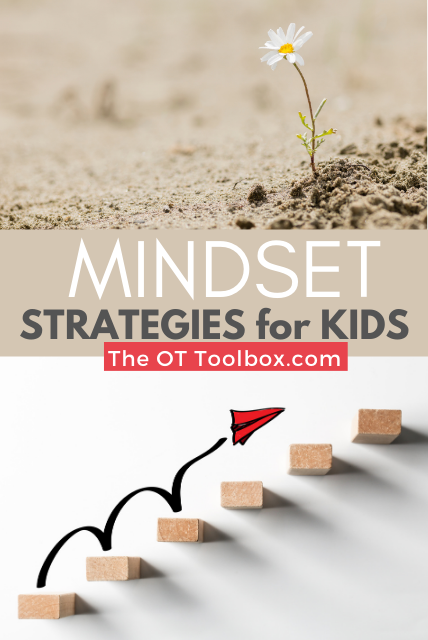
Strategies for Mindset
Specific strategies can help, along with a plan. Below are some strategies to address mindset and the other areas listed above.
- Work on wellness and wellbeing- Check out these wellness strategies
- Practice mindfulness
- Help others
- Focus on positive self-talk
- Identify goals and work on those areas
- Breaking down goals into smaller, achievable steps
- Work on perspective
- Create a toolbox of strategies
- Foster a positive outlook
- Practice working memory strategies and learn from mistakes
- Focus on the present and mindfulness
One method for working through these skills is with the (Amazon affiliate link) Big Life Journal.
Children can use the journal as a working tool to foster specific strategies and methods for developing persistnece, growth mindset, and a positive perspective. These stragies can be a powerful way to help kids accomplish tasks, believe in themselves, and grow and develop as a person.
You can get a copy of the Big Life Journal here. (Ages 7-10)
And the resource for older kids: Big Life Journal for Teens and Tweens (Ages 11+)
As well as the adult-version: Big Life Journal for Adults (Ages 18-99)
Big Life Journal PRintables
Want to add a Big Life Journal to your toolbox? Let’s get kids developing resilience, social emotional learning, and mindset.
I love that the Big Life Journal is available as a printable PDF on the company’s website, making the printables easy to print off and use with your students or children.
OT providers often support students and clients with mindset, and we know that Mindset is everything! The Big Life Journals help your child, tween/teen, or even YOU to develop the mindset of growth, resilience, gratitude, and positivity.
Check out the blog comments below for ideas to help kids to develop skills in empathy, resilience, mindset, self-talk, and mindfulness.
This product was featured in our Therapy Toys and Tools Giveaway Series. (Giveaway now closed.)

Colleen Beck, OTR/L has been an occupational therapist since 2000, working in school-based, hand therapy, outpatient peds, EI, and SNF. Colleen created The OT Toolbox to inspire therapists, teachers, and parents with easy and fun tools to help children thrive. Read her story about going from an OT making $3/hour (after paying for kids’ childcare) to a full-time OT resource creator for millions of readers. Want to collaborate? Send an email to contact@theottoolbox.com.


